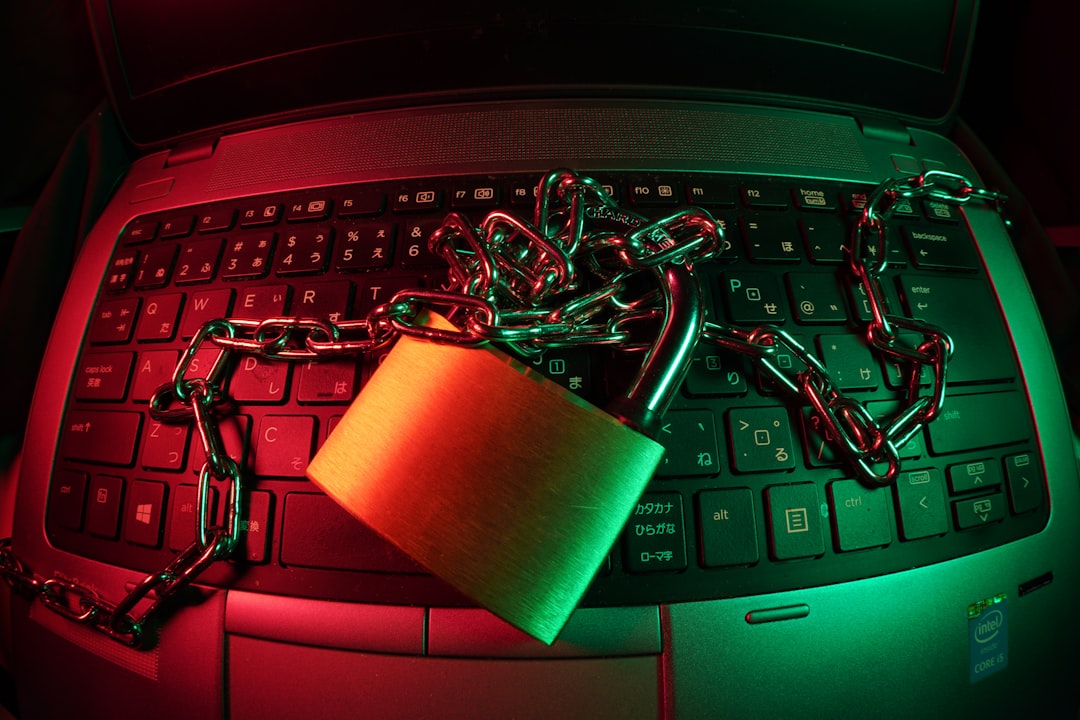How secure is cold email software in terms of data protection?
Cold emailing has become a cornerstone of modern digital marketing and sales outreach. Businesses use sophisticated software solutions to reach new clients and increase conversions. But as this industry surges in popularity, a critical question arises: How secure is cold email software when it comes to data protection? Given the sensitivity of contact information and communication data, ensuring robust security is not just a best practice—it’s a necessity.
In a landscape governed by regulations like the General Data Protection Regulation (GDPR) in the EU and the California Consumer Privacy Act (CCPA) in the U.S., data protection obligations are more stringent than ever. Cold email platforms must not only comply with these laws but also protect their users from cyber threats such as data breaches, phishing attempts, and account takeovers.
What Data Does Cold Email Software Collect?
Table of Contents
To evaluate the security of any platform, we must first understand what data is at stake. Most cold emailing software handles and stores:
- Contact information: Names, email addresses, phone numbers, and company details of prospects.
- Account credentials: User login information for the software platform itself.
- Email content: Messages sent and received, which may include sensitive business or personal information.
- Engagement data: Opens, clicks, replies, timestamps, and other tracking metrics tied to each email interaction.
Each of these data types represents a potential vulnerability if not adequately secured.
Security Features Commonly Implemented
To mitigate these risks, reputable cold email platforms integrate a variety of security features:
- Data Encryption: End-to-end encryption is becoming standard. Emails are encrypted both in transit (using TLS) and at rest on servers, ensuring that intercepted data is unusable to unauthorized parties.
- Two-Factor Authentication (2FA): Strong login authentication methods help protect user accounts, even if login credentials are compromised.
- Access Controls: Role-based access restricts what different users within an organization can see and do, limiting internal data exposure.
- Secure APIs: For integrations with CRM or lead generation tools, encrypted and authenticated APIs prevent unauthorized data access during transmission.

Despite these built-in protections, not all platforms are created equal. Some prioritize usability and performance over security protocols. As such, businesses must conduct thorough vetting before adopting a cold emailing tool.
How Vendors Handle User and Prospect Data
A platform’s privacy policy and data processing practices can often reveal whether your data is being treated responsibly. Best-in-class vendors will have:
- Clear documentation of data handling practices, including how prospect lists are stored and managed.
- No data-sharing or resale of contact lists or user behavior data to third parties.
- Data localization options, giving users control over where their data is stored geographically.
Partnering with a vendor that adheres to international standards, such as SOC 2 Type II certification or ISO/IEC 27001, provides further assurance that your sensitive data is being protected properly.
Risks and Vulnerabilities
While most platforms try to secure user data effectively, vulnerabilities still exist. These include:
- Phishing campaigns: Hackers targeting users of email systems with fake login pages or malicious links.
- Data breaches: Unpatched software or insecure cloud storage can lead to unauthorized disclosures.
- User error: Poor password hygiene or accidental sharing of access credentials can bypass even the most sophisticated systems.

Client education and internal policy enforcement are just as critical as vendor-level safeguards in minimizing such risks. Periodic security audits and mandatory staff training on data handling are practical ways to reinforce a secure cold emailing environment.
Final Thoughts
The security of a cold email software platform isn’t just a technical metric—it is a business imperative. With the right provider, incorporating modern encryption standards, independent audits, and robust permission controls, these tools can be trusted to manage prospect data responsibly. However, businesses must remain vigilant, understanding that true security is a shared responsibility between the software provider and its users.
If your organization values data protection and customer trust, a detailed evaluation of any cold emailing tool’s security features should be a top priority. Beyond functionality and pricing, ask the hard questions about how your data is secured, processed, and stored. Only then can you build email outreach campaigns that are not only effective but also compliant and fundamentally secure.







